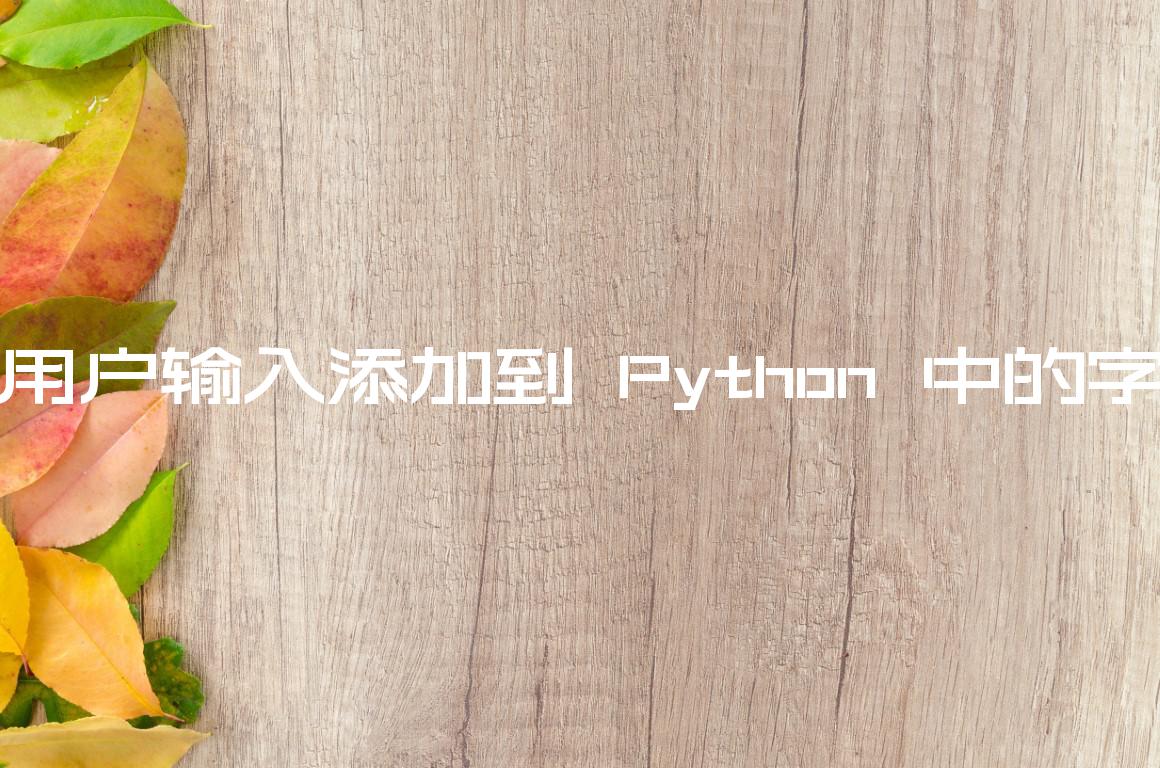在 Python 中将用户输入添加到字典中
Add user input to a dictionary in Python
在 Python 中将用户输入添加到字典中:
- 声明一个存储空字典的变量。
- 使用 a
range迭代 N 次。 - 在每次迭代中,提示用户输入。
- 将键值对添加到字典中。
主程序
employees = {} for i in range(3): name = input("Enter employee's name: ") salary = input("Enter employee's salary: ") employees[name] = salary # 👇️ {'Alice': '100', 'Bob': '100', 'Carl': '100'} print(employees)
代码示例提示用户输入 3 次并将每个键值对添加到字典中。
该示例使用
范围while类,但如果要确保字典的长度至少为 N 个键值对,也可以使用循环。
主程序
employees = {} max_length = 3 while len(employees) < max_length: name = input("Enter employee's name: ") salary = input("Enter employee's salary: ") employees[name] = salary # 👇️ {'Alice': '100', 'Bob': '100', 'Carl': '100'} print(employees)
如果字典的长度小于 3,我们会不断提示用户输入。
当您要确保用户不会输入相同的密钥两次时,此方法特别有用。
主程序
employees = {} max_length = 3 while len(employees) < max_length: name = input("Enter employee's name: ") salary = input("Enter employee's salary: ") # 👇️ check if key not in dict if name not in employees: employees[name] = salary # 👇️ {'Alice': '100', 'Bob': '100', 'Carl': '100'} print(employees)
我们使用一条
if语句来检查键是否不在字典中,以避免覆盖现有键的值。in 运算符
测试成员资格。
例如,如果是 的成员,则k in d计算为 ,否则计算为。TruekdFalse
k not in d返回 的否定k in d。
与字典一起使用时,运算符会检查对象中是否存在指定的键dict。
